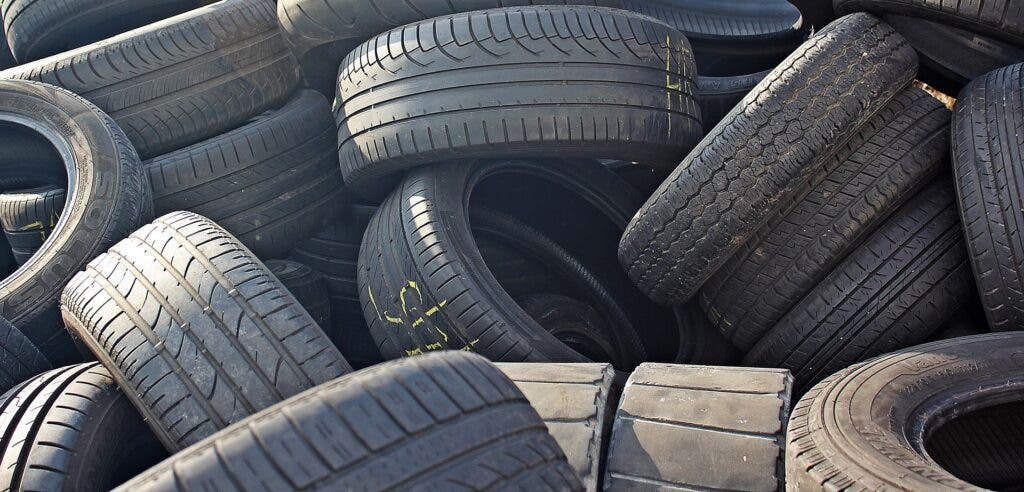
Every year, over 300 million scrap tires are generated in the United States alone. These tires are very rarely recycled due to their properties, so they end up in landfills where they pose a serious fire hazard. Seeking to turn a problem into an opportunity, researchers at the University of South Australia and RMIT University ground old tires into fine particles, which they used in lieu of sand aggregates for concrete manufacturing. Concrete slabs made using the repurposed tires proved economically viable and even more durable than conventional concrete in a real-world setting.
New wheels for old tires
By recycling old tires as a construction material, the researchers are not only looking to partially solve the tire landfill problem but also address the environmental damage caused by the concrete industry. Accounting for 9% of total global CO2 emissions in 2018, the concrete industry is one of the most carbon-intensive in the world.
The formula for concrete is very simple. You only have to mix aggregates — rocks and sand — along with cement and water in the proper amount. Recipes will vary depending on the type of structure (i.e. bridges versus buildings), but that’s about it.
For their research, the Australian scientists replaced up to 20% of the sand with crumb rubber, which they used to make concrete slabs both in the lab and in a residential setting. Two slabs made from reinforced rubber concrete were laid at the campus of the University of South Australia in 2018, which were placed alongside two identical slabs made from conventional concrete. The slabs were part of the entrance to one of the civil engineering laboratories that sees a lot of foot traffic.
According to Dr. Osama Youssf, one of the study co-authors, the reinforced crumb rubber concrete was superior to the conventional concrete on a number of metrics, including impact resistance, toughness and ductility, thermal and acoustic insulation, and weight (i.e. lighter).
“With respect to pumping, screeding, or finishing the concrete surface using a power trowel, contractors also reported no difference between using the crumb rubber concrete and conventional concrete, saying that the crumb rubber mix actually required less physical effort across all aspects,” Youssf said. “Additionally, the ready-mix cement companies reported no concerns relating to concrete batching, delivery or mixing, and said that the wash out of the concrete truck mixer was far easier.”
This is excellent news for both the recycling and construction industry, showing that crumb rubber is an excellent alternative to the aggregates typically used in conventional concrete. Elsewhere, American researchers at the North Dakota State University used crumb rubber from old tires to rubberize aging asphalt, once again finding it was very sturdy and useful.
The findings appeared in the journal Structures.






